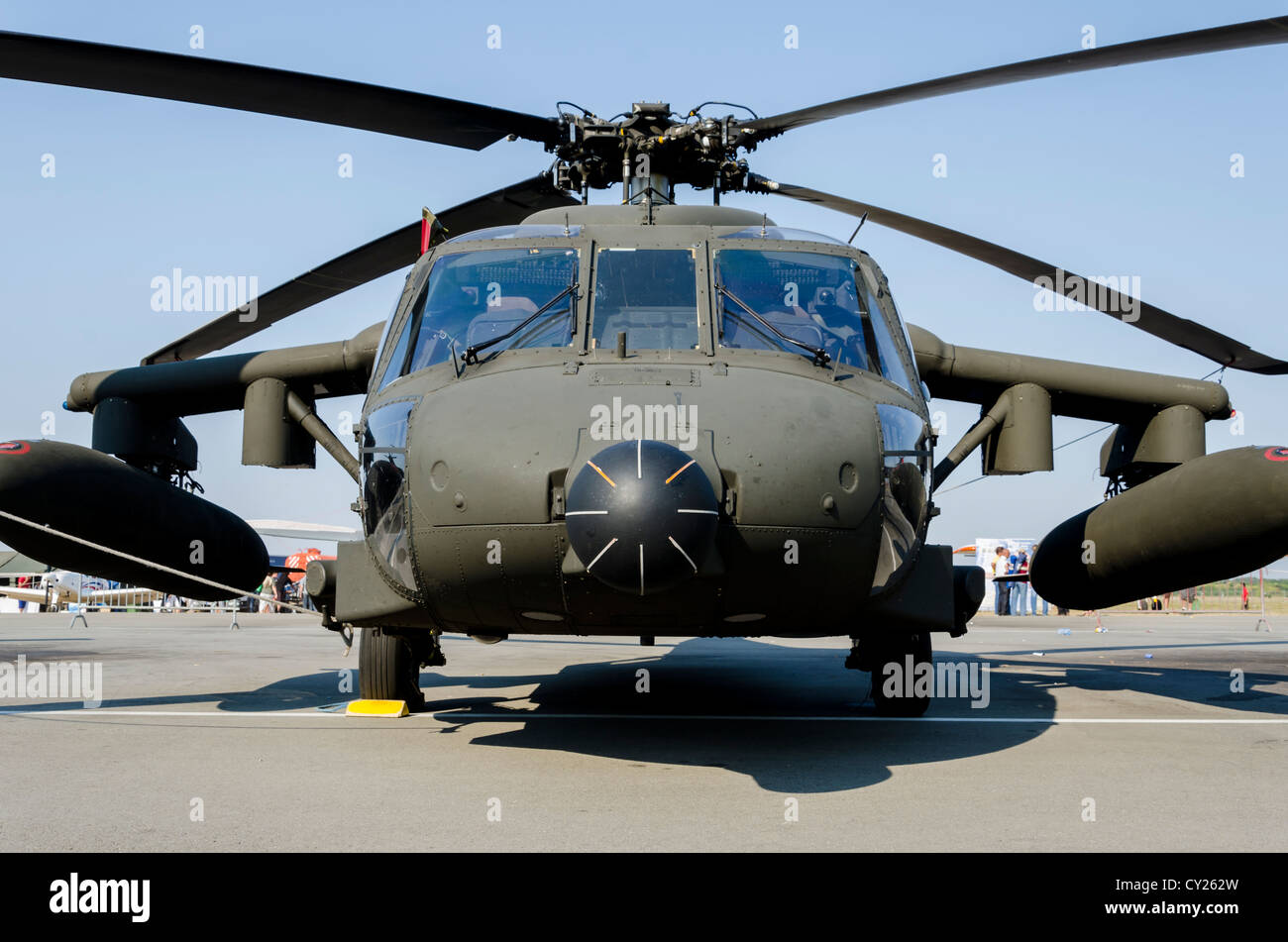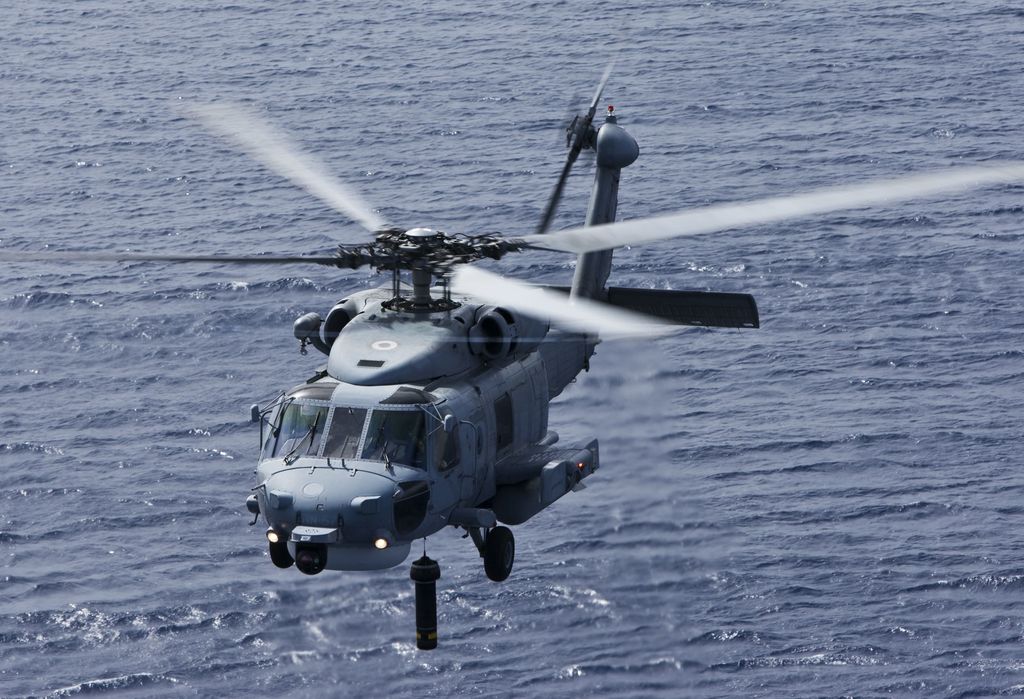The Sikorsky S 70 Helicopter: A Deep Dive into Its Layout and Efficiency
The Sikorsky S 70 Helicopter: A Deep Dive into Its Layout and Efficiency
Blog Article
Rotary-Wing Airplane Offering Superior Sturdiness and Precision Engineering
In the realm of aviation, rotary-wing airplane have long been identified for their one-of-a-kind capacities in different operational environments. As we discover the detailed balance between technology and integrity in rotary-wing aircraft, it becomes noticeable that the merging of advanced innovation and proven layout concepts has set a brand-new standard for performance and efficiency in the aerospace market.
Evolution of Rotary-Wing Modern Technology
Throughout the background of aviation, the development of rotary-wing modern technology has been a testimony to regular advancement and development in aeronautical design. From the early days of upright trip with basic designs to the advanced helicopters and other rotary-wing airplane of today, the progress in this area has been impressive.
In the early 1900s, leaders like Igor Sikorsky and Juan de la Cierva made considerable strides in rotary-wing technology. Sikorsky's VS-300 helicopter, initial flown in 1939, noted a turning point in the advancement of practical rotary-wing airplane. This success paved the method for further innovations in vertical trip capacities.

Today, rotary-wing aircraft play vital duties in numerous sectors, including military operations, emergency medical services, legislation enforcement, and business transport. The advancement of rotary-wing innovation remains to press the limits of what is feasible in upright trip, making sure that these airplane stay vital properties in the aeronautics sector.
Materials and Construction Innovations
Showing a fusion of sophisticated materials and exact building methods, rotary-wing aircraft have actually gone through substantial improvements in resilience and efficiency. One of the essential technologies in materials made use of for rotary-wing aircraft is the raising usage of composite products.
Additionally, the assimilation of advanced layers and surface therapies has actually played an important duty in boosting the toughness of rotary-wing airplane. These finishings give protection versus deterioration, abrasion, and extreme weather, extending the life expectancy of the airplane and minimizing maintenance requirements.
In regards to building and construction developments, additive production, additionally known as 3D printing, has reinvented the manufacturing of facility components for rotary-wing aircraft. This modern technology permits fast prototyping and personalization, bring about faster development cycles and decreased costs. On the whole, the continual evolution of materials and building strategies is driving the capabilities and performance of rotary-wing aircraft to new heights.
Precision Flight Control Solution

The assimilation of GPS innovation even more improves the accuracy and reliability of these systems, permitting for accurate navigating, waypoint tracking, and automated flight control. sikorsky s 70. This degree of precision not just enhances the safety and security of rotary-wing procedures but additionally improves total operational performance and objective performance
Additionally, the continuous innovations in synthetic knowledge and device understanding have promoted the development of independent flight abilities within Accuracy Flight Control Equipment. This enables rotary-wing airplane to execute complicated goals with unrivaled precision and uniformity, making them important properties in a wide variety of applications, consisting of military operations, search and rescue objectives, and airborne photography.
Toughness in Challenging Environments
In requiring functional setups, look at these guys rotary-wing aircraft demonstrate outstanding resilience and robustness, making sure optimum efficiency under tough environmental conditions. These aircraft are created to hold up against a variety of environmental aspects, consisting of severe temperature levels, high winds, and harsh surface, making them fit for various goals in diverse landscapes.
One essential element contributing to the toughness of rotary-wing airplane is their sturdy building and construction. These airplanes are constructed making use of high-grade products and progressed design strategies to improve their architectural stability and dependability. Furthermore, elements such as rotor blades, engine systems, and landing gear are meticulously designed to withstand the pressures and stress and anxieties run into throughout operations in challenging environments.
In addition, rotary-wing airplane are furnished with advanced onboard systems that keep track of performance metrics in real-time, enabling aggressive upkeep and early discovery of possible problems - sikorsky s 70. This proactive approach helps protect against unanticipated failings and makes certain the continued airworthiness of the airplane popular functional setups. Overall, the resilience of rotary-wing aircraft in difficult atmospheres is a testament to their remarkable engineering and layout, making them crucial possessions for various mission-critical procedures
Maintenance and Integrity Specifications
The adherence to stringent upkeep and reliability criteria is critical in ensuring the ideal performance and security of rotary-wing aircraft. Routine maintenance checks, carried out by qualified service technicians, are necessary to recognize and deal with any kind of potential concerns before they compromise the airplane's functionality. These checks encompass a detailed assessment of all critical elements, consisting of the engine, learn the facts here now rotor system, avionics, and hydraulic systems, to ensure that they remain in prime working condition.
In addition, adherence to scheduled maintenance intervals according to manufacturer guidelines is critical for supporting the airplane's integrity. This proactive method assists protect against unexpected malfunctions and makes certain that the airplane continues to be airworthy for its intended missions. Furthermore, the execution of durable reliability standards, such as routine element testing and replacement based upon fixed lifecycles, better boosts the aircraft's dependability.
Conclusion

In conclusion, the innovations in rotary-wing aircraft innovation have actually led to exceptional toughness and accuracy design. With ingenious products and building methods, along with precision flight control systems, these aircraft can run in tough settings with raised integrity. The upkeep and dependability requirements make sure that these rotary-wing aircraft remain to perform at their best, making them essential assets for numerous sectors.
Showing a combination of advanced materials and specific building and construction methods, rotary-wing aircraft have actually undertaken considerable developments in resilience and performance. One of the vital advancements in materials made use of for rotary-wing aircraft is the enhancing utilization of composite products.With precise attention to information and advanced technical combination, rotary-wing aircraft have actually embraced Accuracy Flight Control Equipment as a foundation of their functional excellence. Overall, the longevity of rotary-wing aircraft in challenging atmospheres is a testimony to their remarkable design and style, making them essential properties for various mission-critical procedures.
In conclusion, the innovations in rotary-wing aircraft modern technology have led to remarkable resilience and accuracy engineering.
Report this page